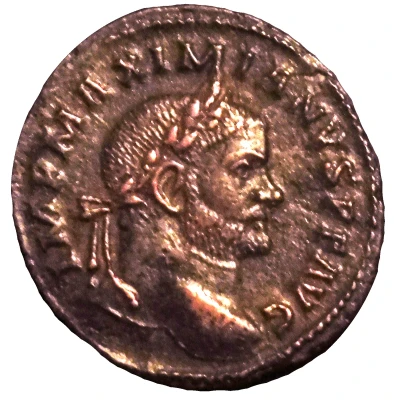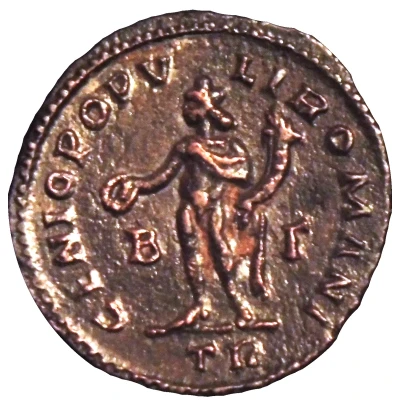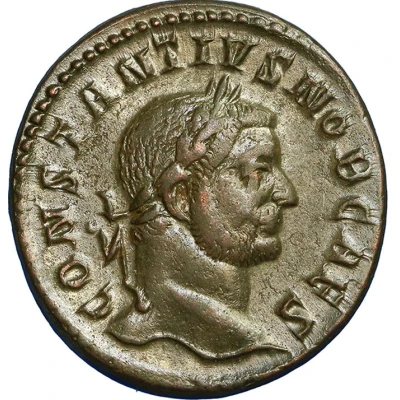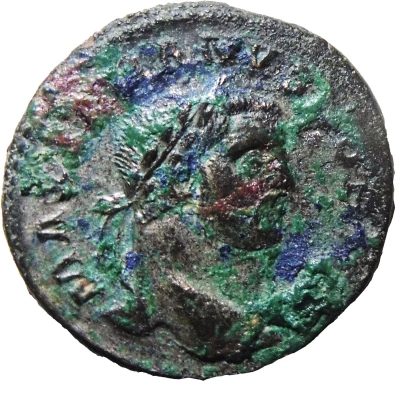
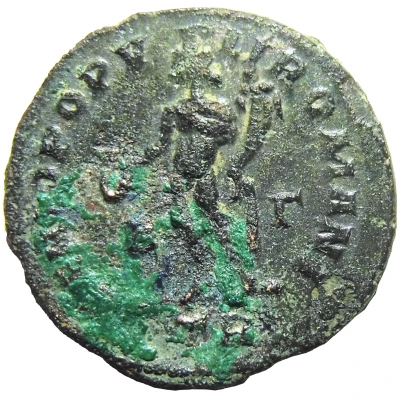

© Cycnos (CC BY-NC)
Nummus - Galerius GENIO POPVLI ROMANI; with Γ on the right; Strike as Caesar under Maximinianus; Treveri
| Bronze | 9.5 g | 27 mm |
| Issuer | Rome › Roman Empire (27 BC - 395 AD) |
|---|---|
| Emperor | Galerius (Gaius Galerius Valerius Maximianus) (305-311) |
| Type | Standard circulation coin |
| Years | 296-297 |
| Value | Nummus / Follis (¼) |
| Currency | Argenteus, Reform of Diocletian (AD 293/301 – 310/324) |
| Composition | Bronze |
| Weight | 9.5 g |
| Diameter | 27 mm |
| Shape | Round (irregular) |
| Technique | Hammered |
| Orientation | Coin alignment ↑↓ |
| Demonetized | Yes |
| Updated | 2024-10-05 |
| Numista | N#155287 |
|---|---|
| Rarity index | 92% |
Reverse
Sun (Sol) radiated, standing left, naked except for chlamydia over left shoulder, raising right hand and holding globe with left hand.
Different from the dispensary in the right field, letter gamma in the left field and different from the workshop in exergue.
Scripts: Latin, Greek
Lettering:
GENIO POPVLI ROMANI
B Γ
Comment
Bust A : @CycnosBust A* (H under the bust): Photo required.
Bust B: Photo required.
Bust C : Picture required.
Bust D : Picture required.
Bust E: Picture required.
Bust F: Photo required.
Bust K : @CGB
Bust N :
Interesting fact
One interesting fact about this coin is that it features the image of Galerius, who was a powerful Roman emperor during the 4th century AD. He was known for his military campaigns against the Persians and his efforts to restore the Roman Empire's economy and military strength. The coin's design, which includes the abbreviation "Γ" on the right, indicates that it was struck during his reign as Caesar under Maximinianus, another prominent Roman emperor of the time. The use of bronze as the material for the coin was also a common practice during this period, as it was a more affordable and durable alternative to other metals. Overall, this coin provides a fascinating glimpse into the political and economic landscape of the Roman Empire during the late 3rd and early 4th centuries AD.
